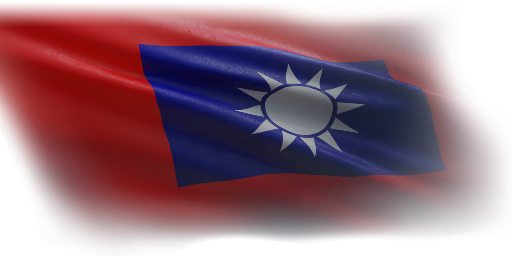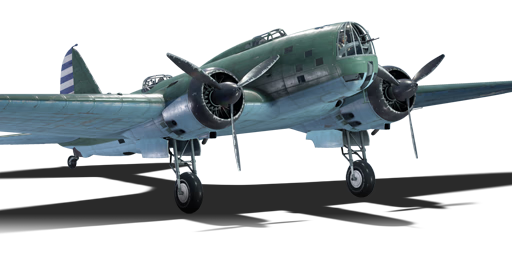




24-30 DB-3 bombers were sent as aid to China in June 1939, alongside other Soviet bombers such as the SB. The aircraft became particularly well-known during major bombing runs on the Japanese-occupied Wuhan Wangjiadun (王家墩) airfield in September and October 1939, reported destroying over 100 enemy aircraft. The DB-3As were likely used by Nationalist forces or Soviet volunteers until they were eventually replaced by newer, larger bombers like the B-24 from the USAAF.
Introduced in Update 1.91 "Night Vision" alongside the initial Chinese air tree, the DB-3A boasts a generous payload for its tier (up to 2.1 tons). Its frontal self-defence machine gun coverage is also substantial, forcing enemies to reconsider attacking head-on. However, be cautious of aircraft equipped with autocannons, as they can easily dismantle the DB-3A.
flaps
flaps
flaps
brake
| Belt | Belt filling | Armor penetration (mm) at a distance: | |||||
|---|---|---|---|---|---|---|---|
| 10 m | 100 m | 500 m | 1000 m | 1500 m | 2000 m | ||
| T/Ball/Ball/AP-I/AI | 13 | 12 | 7 | 3 | 2 | 0 | |
| AP-I/AP-I/AP-I/API-T | 13 | 12 | 7 | 3 | 2 | 0 | |
| API-T/API-T/API-T/AI | 9 | 8 | 6 | 3 | 0 | 0 | |
10 × 100 kg FAB-100sv (forged) bomb
10 × 100 kg FAB-100sv (forged) bomb
6 × 100 kg FAB-100sv (forged) bomb
1000 kg FAB-1000 (welded) bomb












Flight performance | |
|---|---|
Survivability |
|---|
Weaponry | |
|---|---|